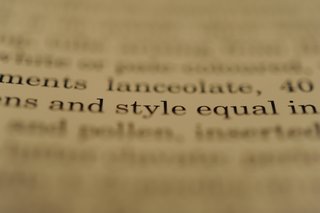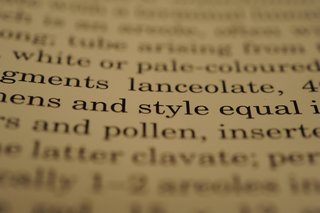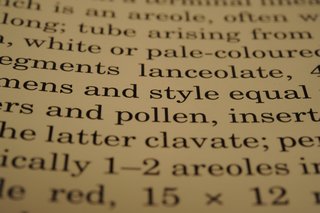**** HOW I PHOTOGRAPH ***
*** MY EPIPHYTIC CACTI ***
___________________________________
Page 5/ 11
PHOTO SHOOTING TECHNIQUES
•2) photographs of "small blooms"
Here I deal with blooms or stems whose size lies between 3 and 10cm (1.2 to 4 inches). It's the case of Epiphyllum with small blooms, Schlumbergera (Christmas Cacti), and Hatiora (Easter Cacti).
2a-) focusing
Before talking about the important point of the depth of field, some words about focusing: although my camera has an automatic focusing, I disable it for the case of small flowers and I make a manual focusing until the image in the viewfinder appears to me as clear as possible, which corresponds to the focusing on a zone of median distance from the subject (neither nearest, nor most distant).
The automatic focusing systems often panic and do not know exactly on which petal of the flower it's best to focus.
2b-) depth of field
It's a little bit more complicated in the case of small blooms because, the more one approaches the subject photographed, the more the depth of field (zone of clearness of the photograph) is reduced. However, if a bloom is photographed, one generally wishes that all the petals be clear, from the closest ones to the most distant of the photographic lens).
I always work in the mode “priority to the diaphragm Aperture” (A mode): I set the diaphragm aperture and the camera calculates the adequate exposure time.
Three pictures of the same subject, taken from the same place with same lighting to explain the concept of depth of field. Focusing was always made on the center of the image. The text is photographed in oblique and not frontally:

diaphragm aperture: F/4.8: only one line is clear, and still..........
___________________________

diaphragm aperture: F/11: there are almost two clear lines.
__________________________

diaphragm aperture: F/29: More than two lines have an acceptable clearness.
It's in the latter picture that the diaphragm is the least open and the zone of clearness is the largest one.
__________________________
To obtain a large depth of field (zone of clearness), it's necessary to close more the diaphragm of the lens, which is possible with the macro lenses which close until F/32 even F/45 (with however a slight loss of picture resolution if the lens is too closed). But the small diaphragm aperture has another disadvantage: as the light arriving to the sensor (the modern equivalent of the ancient film) is decreased by the small opening, it's necessary to choose a longer exposure time, which involves risks of blurred photographs due to camera moves.
The three ways of avoiding this disadvantage are:
•By using the photographic tripod. The photographic tripod makes it possible to stabilize the camera and, if the tripod and the bloom are completely motionless, it's possible to use longer exposure times, until several seconds. But, a tripod is always cumbersome; therefore it is not the solution which I prefer.
• By increasing in the light illuminating the subject. By adding to the natural light the one of a reflecting mirror or of a flash (preferably off-camera which permits no frontal illumination), there is more light entering the lens, therefore, even with a diaphragm aperture of F/32 for example, it's possible to continue to take pictures, using relatively fast shutter speeds; thus it's possible to photograph freehand.
With a flash for example, the exposure time is 1/60s or even 1/250s and there is no more risk of vibration of the camera. It's this last method using several light sources which is my preferred solution.
This method entails the additional advantage of giving pictures with more relief by choosing the orientation of the additional light source.
• The adjustment of the sensitivity of the sensor also makes it possible to reduce the exposure time without varying the diaphragm aperture. I usually use the sensitivity 400 ISO. It should be known that the too important increase of the sensitivity delivers photographs of lesser quality.
2c-) the light measuring
It must be made on the bloom which is the subject and not on the black background which must be as black as possible. This is often solved by placing the bloom in the center of the photograph. Most cameras indeed have “center-weighted” light measuring mode in which the central part of the picture plays the biggest part in the exposure measurement of the photograph. Very often, this part is the one which contains the subject.
And here some examples..................
______________________________________
__________________________